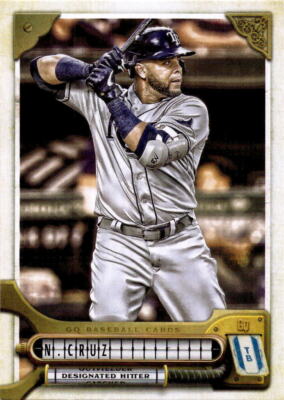The Importance of the Designated Hitter in Modern Baseball

Introduction
The designated hitter (DH) position has become one of the most debated and strategically significant roles in Major League Baseball (MLB). Introduced in the American League in 1973, the DH allows teams to designate a player to bat in place of the pitcher, thus enriching the game by enhancing offensive potential and maintaining a more dynamic flow. The implementation of this rule has profound implications for team strategy, roster construction, and the overall pace of the game.
Current Trends and Events
As of the 2022 MLB season, the designated hitter has been adopted league-wide, following years of discussions and trial periods. This pivotal change has not only altered how teams strategize during games but has also affected player careers significantly. Stars like Shohei Ohtani have showcased the versatility and excitement that comes with the DH role, as he simultaneously excels as a pitcher and a designated hitter. Ohtani’s presence on the field has sparked discussions about the modern approach to baseball and how it can adapt to maximize player skills and audience engagement.
Statistical Impact
According to recent data, teams that effectively utilized the DH role have seen a noticeable increase in their offensive metrics. For instance, the average runs scored per game in the American League has consistently outpaced that of the National League, peaking in recent years after the DH was applied universally. This development has sparked conversations about the value of traditional versus modern baseball strategies.
Conclusion
The implementation of the designated hitter in both leagues marks a significant evolution in baseball. It allows teams to prioritize hitting and develop offensive strategies that appeal to a wider audience. As the game continues to evolve, the DH role will remain central to discussions about league competitiveness, game pace, and fan engagement. As we look to the future of baseball, questions not only about the DH’s role but also about how the sport continues to adapt in the era of analytics will shape the way players and teams compete on the field.









